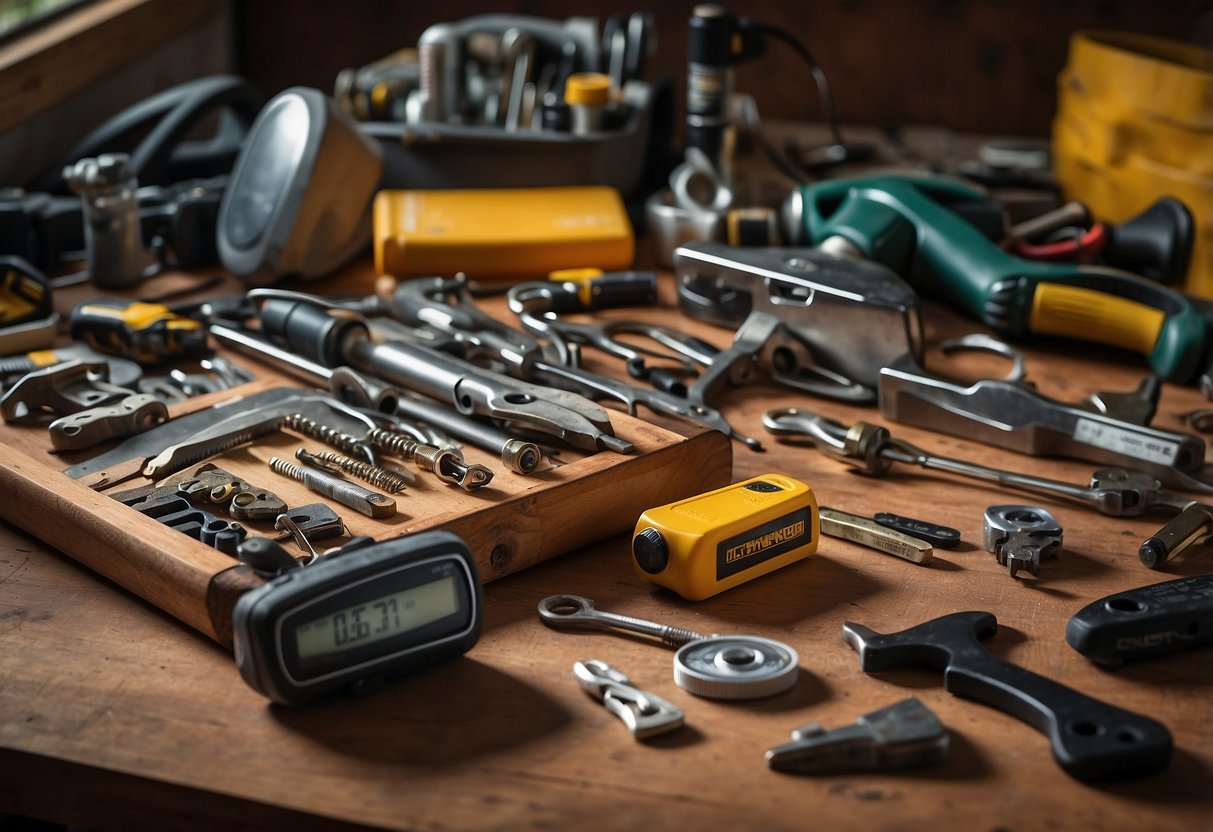
Safety Considerations
Taking safety precautions is essential for any DIY project. Wearing the right protective gear and using tools properly can prevent injuries and ensure a successful outcome.
Protective Gear
Proper protective gear is crucial for every DIY enthusiast. Safety glasses protect eyes from flying debris, while gloves safeguard hands from sharp objects and chemicals. Hearing protection, such as earmuffs, minimizes exposure to loud noises from power tools, preserving hearing health.
Respiratory protection, like dust masks or respirators, filters harmful particles when cutting wood, sanding, or painting. Steel-toed boots provide added safety against heavy objects falling. Clothing should be durable yet comfortable, covering arms and legs to shield from splinters and sparks.
Choosing the right protective gear for each task can make a significant difference. It reduces the risk of accidents and enhances overall confidence while working on projects. Ensuring these basic items are part of the toolbox is a fundamental practice for any serious DIYer.
Proper Tool Usage
Understanding how to use tools correctly prevents accidents and prolongs tool life. Each tool comes with a user manual that outlines safe operation guidelines. Reading these manuals and following the instructions is vital.
Power tools should always be unplugged when changing attachments or performing maintenance. Sharp tools, such as saws and knives, should be handled with care to avoid cuts. Ensuring tools are in good condition, without frayed cords or broken parts, also contributes significantly to safety.
Maintaining a clean and organized workspace minimizes hazards. Cords should be kept out of walkways, and tools should be stored properly after use. Safe practices, like keeping a first-aid kit nearby and never improvising with tools, further contribute to a secure DIY environment.
Maintaining Your Tools
Proper maintenance extends the lifespan of tools and ensures they perform effectively. Focusing on regular cleaning and appropriate storage can help protect these investments from damage and wear.
Regular Cleaning
Regularly cleaning tools prevents the buildup of dirt, rust, and grime. After each use, wipe down tools with a dry cloth to remove any debris or moisture. For stubborn dirt or grease, use a soft brush and mild detergent solution.
Power tools may require more detailed cleaning. Check the manufacturer’s guidelines for specific instructions. Cleaning electrical contacts with a light spray of contact cleaner can also enhance performance. Ensure all tools are thoroughly dried before storing to prevent rust.
A light oil coating on metal parts provides additional protection against rust and corrosion. Wipe off excess oil to avoid attracting dirt.
Storage Tips
Proper storage keeps tools organized and protected. Store tools in a cool, dry place to minimize exposure to humidity, which can cause rust. Utilize toolboxes, pegboards, or drawers to keep tools neatly arranged and easily accessible.
For power tools, consider storage cases specifically designed for them. These cases offer extra protection and usually have compartments for accessories. Label storage areas to quickly find the tools needed for a project.
Avoid piling tools in a heap, as this can lead to damage. Instead, use tool organizers and containers to separate and protect each tool. Regularly check the storage area for potential hazards like moisture or pests to maintain long-term tool integrity.